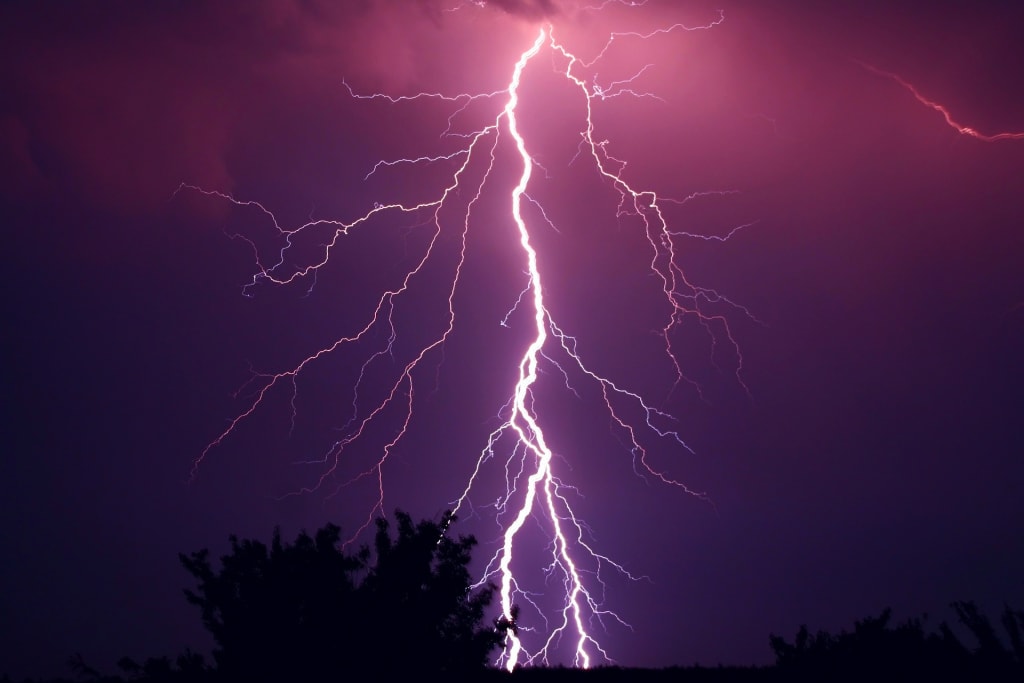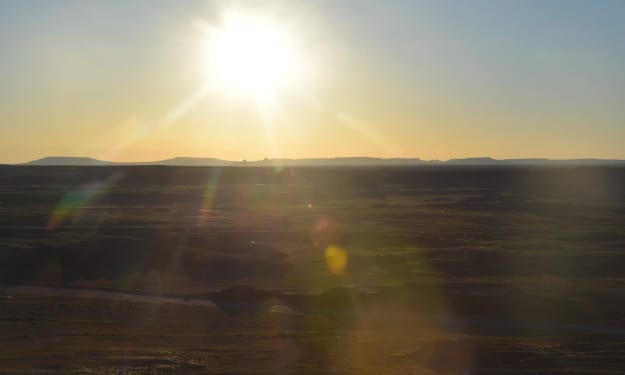How to Survive the Most Severe Thunderstorms in the United States?
The United States is no stranger to severe thunderstorms. Every year, these powerful storms cause damage and destruction across the country.

The United States is no stranger to severe thunderstorms. Every year, these powerful storms cause damage and destruction across the country. While they can occur anywhere, some areas are more prone to severe thunderstorms than others.
So, what exactly are the most severe thunderstorms in the United States? And how can you survive one if you find yourself in the path of one of these destructive storms?
Read on to find out everything you need to know about surviving the most severe thunderstorms in the United States.
What are the most severe thunderstorms in the United States?
What factors contribute to the severity of thunderstorms?
There are many factors that can contribute to the severity of thunderstorms. The most important factor is the amount of instability in the atmosphere.
This can be caused by a number of things, including warm air at the surface and cool air aloft, or by a strong temperature gradient near a frontal boundary.
Other important factors include wind shear, which is the difference in wind speed and direction at different levels in the atmosphere, and moisture content.
Other less important factors include:
-The size and shape of storms cells
-The type of terrain over which storms move (hills, mountains, etc.)
-The time of day (thunderstorms are usually more severe in the afternoon when the sun heats up the surface)
There are two types of severe thunderstorms in the United States: supercells and squall lines. Supercells are large, long-lived storms that typically produce damaging winds, large hail, and tornadoes. Squall lines are smaller storms that often form along cold fronts and produce high winds and heavy rain.
The most severe thunderstorms in terms of wind damage are derechos. These are fast-moving squall lines that can span hundreds or even thousands of miles and produce straight-line winds in excess of 100 mph. Derechos typically occur east of the Rocky Mountains during spring and summer months.
In terms of hail damage, Colorado is known as "Hail Alley" because it sees more hail than any other state in the country. The vast majority of hailstorms in Colorado are non-severe, but every year there are a few that produce golf ball sized hail or larger.
Tornado damage is difficult to quantify because they are such rare events. However, we do know that tornadoes can cause catastrophic damage when they strike populated areas .
The 2011 tornado outbreak across parts of Alabama, Mississippi, Georgia, Tennessee, Virginia, and North Carolina was one of the deadliest ever recorded , with over 350 fatalities.
Subsection 1.3 What are dangers associated with severe thunderstorms?
While all thunderstorms can pose some danger to life and property , severe thunderstorms can be particularly dangerous because they can produce large hail , damaging winds , tornadoes , flash flooding ,and lightning strikes.
Each year these hazards claim dozens of lives across the United States and cause billions dollars worth storm damage.
How can you survive a severe thunderstorm?
Before the thunderstorm
You can take steps to prepare for a severe thunderstorm before it happens. First, you should know the signs of a approaching storm, such as darkening skies, large hail, strong winds, and a loud rumble.
If you see these signs, you should go inside and away from windows. If possible, you should also unplug any electronics that could be damaged by a power surge. Once you're indoors, you should stay tuned to local weather reports so that you know when the storm has passed.
During the thunderstorm
If you are caught in a severe thunderstorm while outdoors, the best thing to do is to find shelter immediately. If there is no building or other structure nearby, then your next best option is to get inside a vehicle and roll up the windows.
You should avoid being underneath trees or other tall objects that could fall and injure you during high winds. If possible, you should also avoid contact with metal surfaces since they can conduct electricity from lightning strikes. Finally, if you are in water when the storm hits, you should get out immediately and move to higher ground.
After the thunderstorm
Once the storm has passed, there are some additional safety precautions you should take. First, check for injuries and seek medical attention if necessary.
Then, assess damage to your property and make sure that any gas leaks or electrical fires are extinguished safely. Finally, clean up any debris that may have been left behind by the storm so that your home or business is safe for others to enter.
Conclusion
Thunderstorms can be extremely severe, especially in the United States. It is important to know what factors contribute to the severity of thunderstorms and how you can survive one.
There are three main factors that contribute to the severity of thunderstorms: wind, hail, and tornadoes. Wind speeds can reach up to 70 miles per hour, hail can be as large as softballs, and tornadoes can have wind speeds of 200 miles per hour.
The most severe thunderstorms in the United States occur in the Midwest and Plains states during the spring and summer months. These states are more prone to severe thunderstorms because they have more open space for storms to form and move across.
Severe thunderstorms can be very dangerous. High winds can damage homes and downed power lines can cause fires. Hail can break windows and injure people. Tornadoes can destroy homes and communities.
There are some things you can do to survive a severe thunderstorm:
Before the storm:
-Monitor weather reports and warnings so you know when a storm is coming.
-Make sure your home is prepared for high winds by trimming trees and securing loose objects outside.
-Bring in any outdoor furniture or decorations that could be blown around by the wind.
-If you live in an area that is prone to flooding, make sure you have sandbags or other flood protection ready.
-Charge your cell phone so you will have communication.
About the Creator
Jessica Zendejas
My name is Jessica Zendejas.






Comments
There are no comments for this story
Be the first to respond and start the conversation.